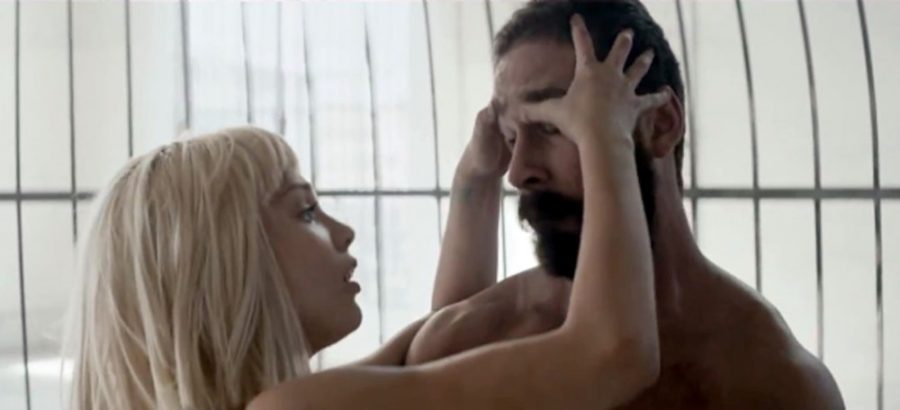The “Elastic Heart” contemporary dance music video by Sia, featuring emotive storytelling through dance by actor Shia LaBeouf and dancer Maddie Ziegler, released Jan. 7 to immediate public dispute.
The quality of Sia’s song, “Elastic Heart,” is not in question, but the appropriateness of 12-year-old Ziegler wearing a nude leotard and 28-year-old LaBeouf in nude briefs dueling in a massive cage with raw emotion through gritty choreography by Ryan Heffington is.
The intensity between LaBeouf and Ziegler has been interpreted with “pedophilia overtones,” prompting Sia to apologize via Twitter for any additional trauma inflicted by viewing her video.
Invalidating pain triggered by memories of abuse invalidate abuse incurred, inflicting additional harm. Discounting the value of an artistic expression due to simply misunderstanding the artist’s concept is a mistake. Sia acknowledged the potential harm without abandoning her artistic integrity.
Douglas R. Nielsen, UA dance professor, remembered gasps from a Mexican audience caught off guard when his dancers appeared on stage in nude leotards. Nude leotards allow the audience to see each intricate movement of the dancer without analyzing meaning of colors in costumes.
Gymnastic floor routines require leotards to showcase athleticism for girls, but gymnasts aren’t dragged into accusations of performing for the prurient interests of the public. The leotard worn in “Elastic Heart” by Ziegler produced qualms because she danced beside a man. The same leotard worn by Ziegler in Sia’s “Chandelier” music video didn’t raise qualms.
LaBeouf’s wounded, lonely demeanor and full beard aren’t intended to be symbolic of the cautionary fable of “Bluebeard” and his child bride. Throughout the video, LaBeouf is repeatedly tossed, bit, mocked, hit, choked and frightened by Ziegler’s character. LaBeouf represents Sia’s conflicting lyrics — unwilling to hurt another despite repeat abuse from Ziegler’s mischievous and manipulative character.
The use of an older male opposite a young girl is nothing new in cinematic dance history, but the layers of emotion embedded in each frame of “Elastic Heart” is new.
Similar outrage occurred after the 1936 film “Captain January,” in which Shirley Temple’s hula dance was censored for “immorality” because she wore a grass skirt and lei. Temple danced in the film again in gray sailor-styled flare pants, leading film critic Graham Greene to insist 8-year-old Temple wasn’t just aware of her sexuality, but purposely using her innocence to entice grown men through dance.
Ziegler’s choreographed moves aren’t sexually derived, as her choreography is expressions of immaturity and toxic incompatibility, a common theme throughout Sia’s 1000 Forms of Fear album. “Elastic Heart” director Daniel Askill said the video represents Sia’s conflicting internal emotions and the cage represents Sia’s skull enduring the volatile strife.
Defenders of Sia’s video have taken to Twitter to voice support for the primal and artistic video. Others suggested the controversy could have been avoided by casting an older woman in LaBeouf’s role.
Sia’s performance on “Saturday Night Live” last Saturday showcased Ziegler dancing onstage opposite a similarly costumed female dancer, but the experiment failed to invoke the visceral emotional response found in the video.
Sia, remaining relatively quiet on the subject, writes through Twitter, “All I can say is Maddie and Shia are two of the only actors I felt could play … these two warring Sia self states.”
_______________
Follow Anna Mae Ludlum on Twitter.









